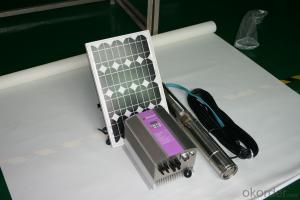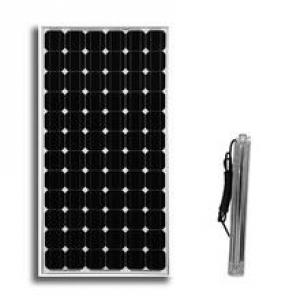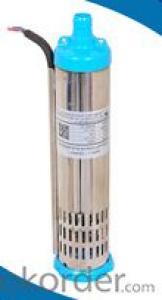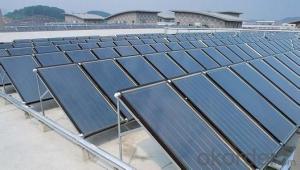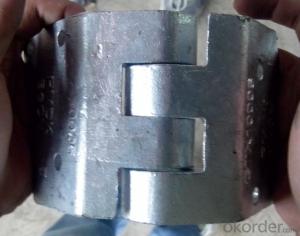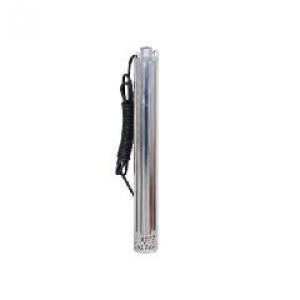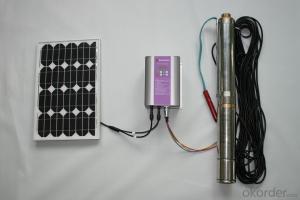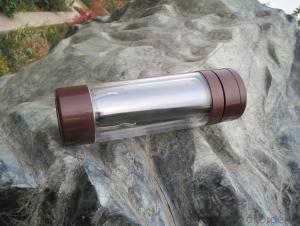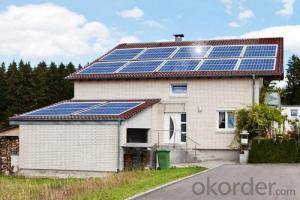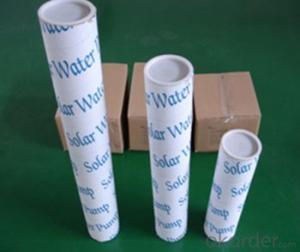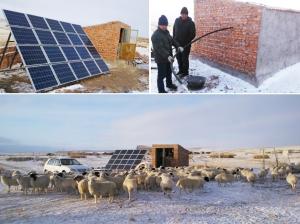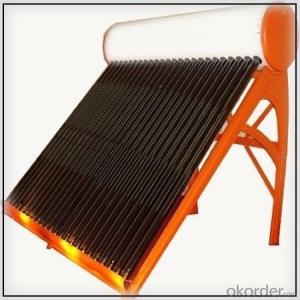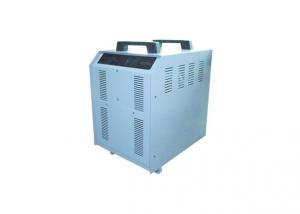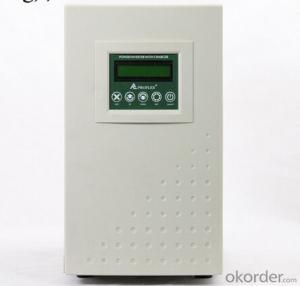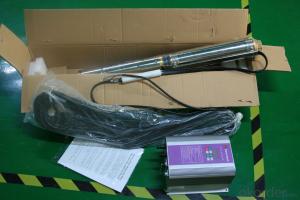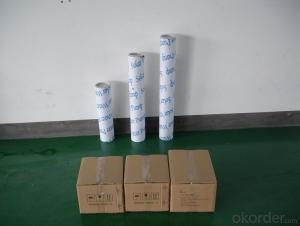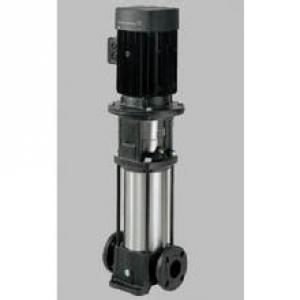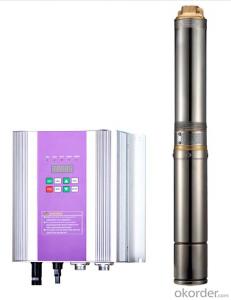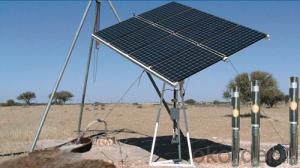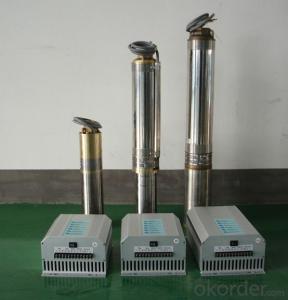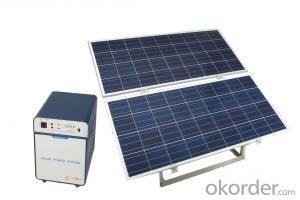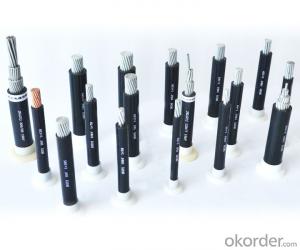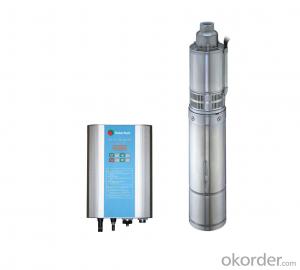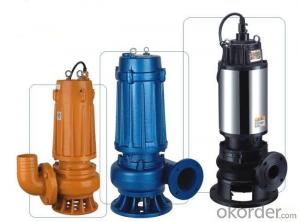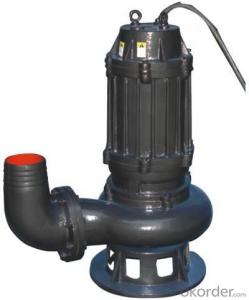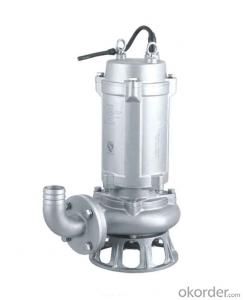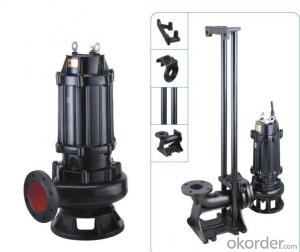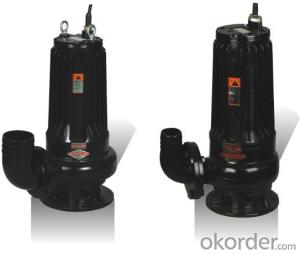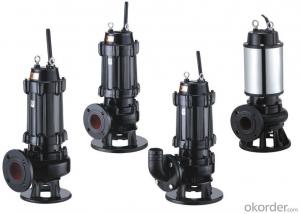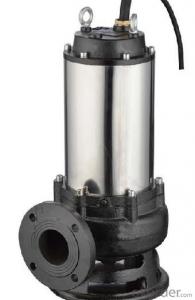Solar Power Energy Systems
Solar Power Energy Systems Related Searches
Solar Systems Energy Solar Energy Generation Systems Solar Energy Cells Solar Power Inverter System Solar Inverter Systems Household Solar Power System Solar Module System Solar Energy System Components Solar Power Module Solar Energy Module Solar Electric Inverter System Solar Cell Power Generation Solar Energy Power Inverter Solar Power Management Module Solar Electricity Generation Solar Inverter System Solar Battery Charging System Solar Cattle Watering Systems Inverter Solar Systems Solar System Module Environmental Control Systems Solar Energy Inverter Electricity Generation System Solar Module Power Inverter Solar System Home Solar Inverter System Power Inverter Solar Panels Solar Energy Types Electric Solar Cells Solar Air ModuleSolar Power Energy Systems Supplier & Manufacturer from China
Solar Power Energy Systems encompass a range of products designed to harness the sun's energy and convert it into usable electricity. These systems typically include solar panels, inverters, batteries, and other necessary components to create a complete, functional solar power setup. They are engineered to provide clean, renewable energy for residential, commercial, and industrial applications, reducing reliance on fossil fuels and promoting sustainability.Solar Power Energy Systems are widely used in various scenarios, from powering homes and businesses to supporting off-grid living and remote locations. They are particularly beneficial in areas with abundant sunlight, where they can significantly reduce energy costs and contribute to a greener environment. These systems can also be scaled to meet different energy demands, making them a versatile solution for a variety of needs.
Okorder.com is a leading wholesale supplier of Solar Power Energy Systems, offering a vast inventory of high-quality products at competitive prices. With a commitment to customer satisfaction and a focus on providing reliable, efficient solutions, Okorder.com is the go-to source for those looking to invest in solar power technology.
Hot Products
